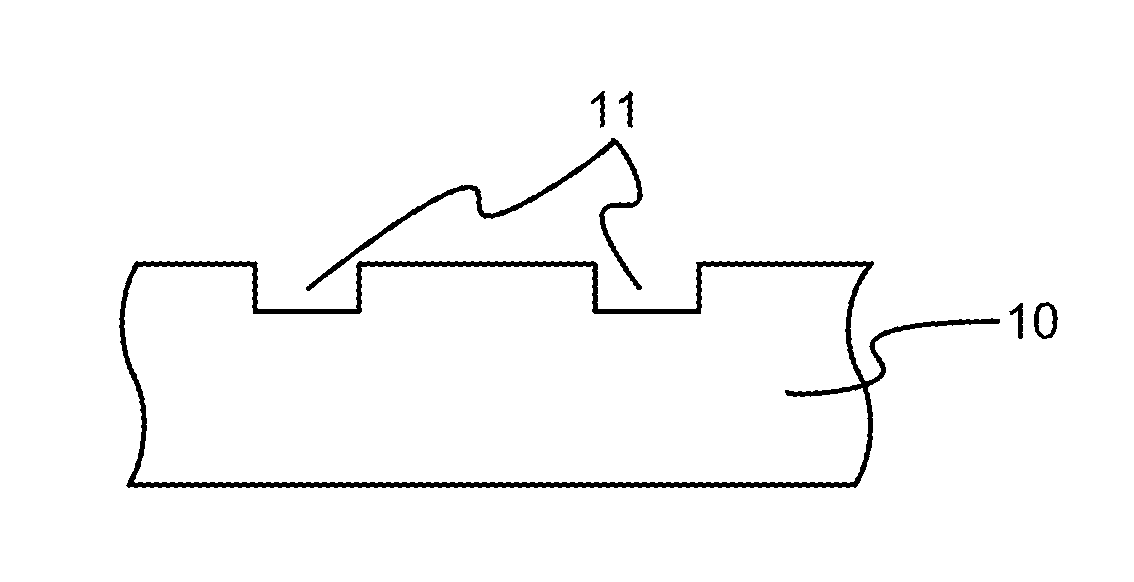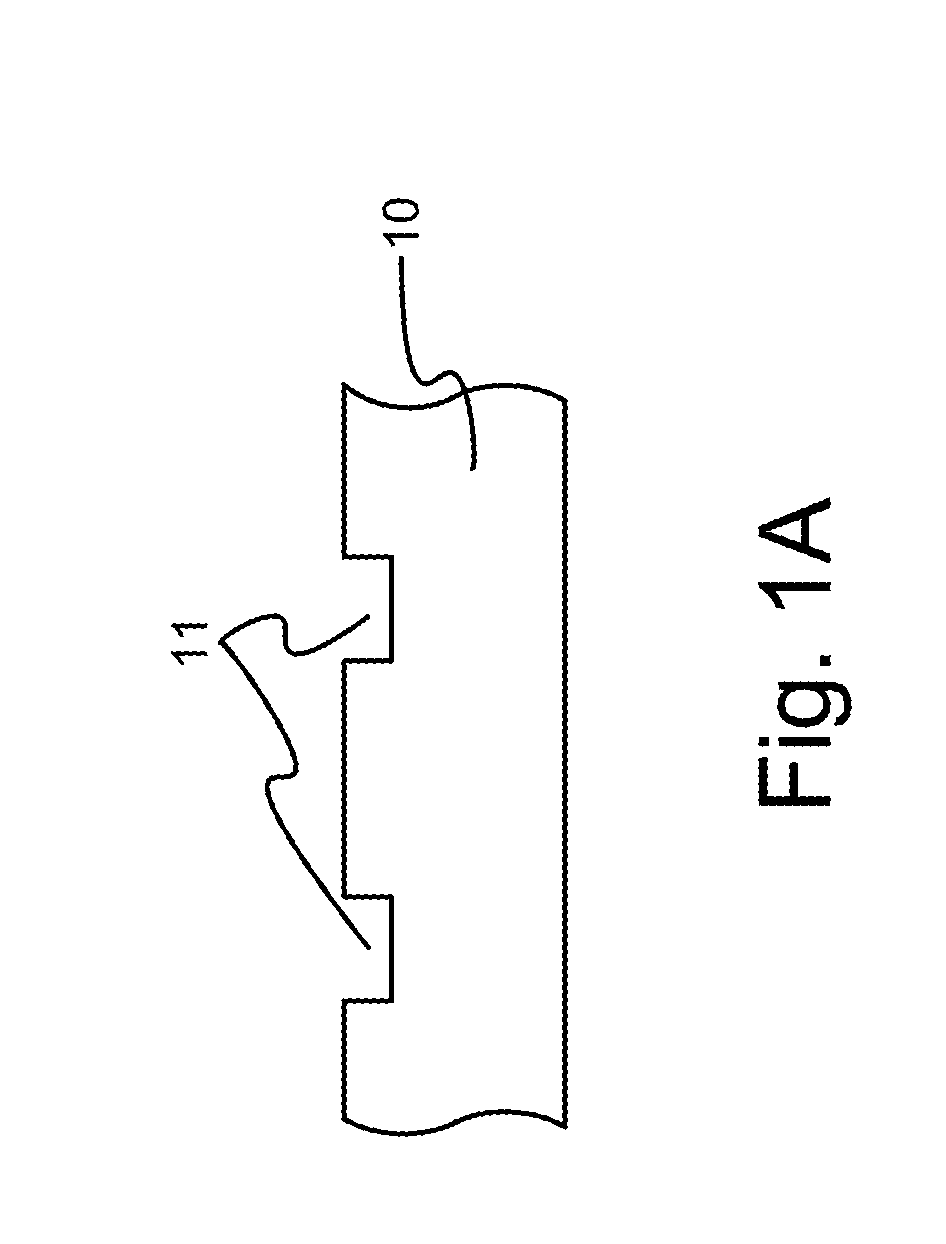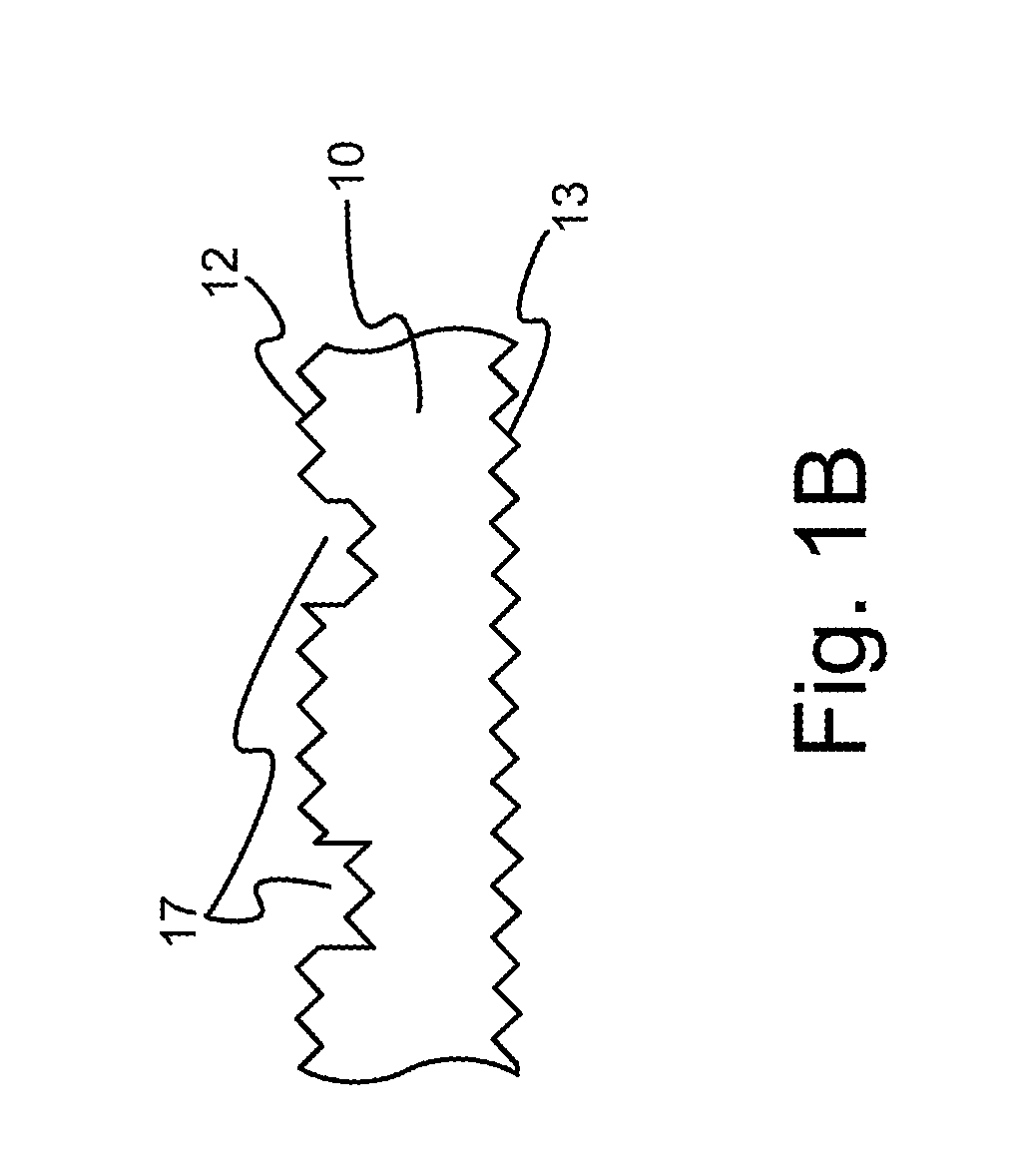Solar Cell Having Selective Emitter
a selective emitter and solar cell technology, applied in the field of solar cells, can solve the problems of harming readily-made textured surfaces, methods that are not yet fit for mass production, and are not suitable for mass production, and achieve the effect of lowering the concentration of doping
- Summary
- Abstract
- Description
- Claims
- Application Information
AI Technical Summary
Benefits of technology
Problems solved by technology
Method used
Image
Examples
Embodiment Construction
)
[0016]The following description of the preferred embodiments is provided to understand the features and the structures of the present invention.
[0017]The present invention is a solar cell having a selective emitter, which is made of a mono-crystalline or multi-crystalline doped silicon substrate. At first, a plurality of trenches are formed on a front surface of the doped silicon substrate, where the trenches have depths between 0.5 micrometers (μm) and 100 μm. Then, the front surface is textured, followed by a diffusion process. The diffusion process produces a heavily-doped layer with a doping polarity opposite to that of the silicon substrate at the near-surface region of the trenches and the near-surface region outside the trenches. Then, the region outside the trenches is etched to a certain depth inside the silicon substrate to turn the corresponding surface region into a lightly-doped diffusion layer so that a selective emitter having heavy and light concentrations is formed...
PUM
 Login to View More
Login to View More Abstract
Description
Claims
Application Information
 Login to View More
Login to View More - R&D
- Intellectual Property
- Life Sciences
- Materials
- Tech Scout
- Unparalleled Data Quality
- Higher Quality Content
- 60% Fewer Hallucinations
Browse by: Latest US Patents, China's latest patents, Technical Efficacy Thesaurus, Application Domain, Technology Topic, Popular Technical Reports.
© 2025 PatSnap. All rights reserved.Legal|Privacy policy|Modern Slavery Act Transparency Statement|Sitemap|About US| Contact US: help@patsnap.com



